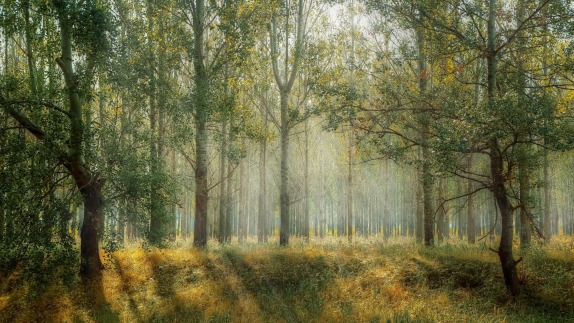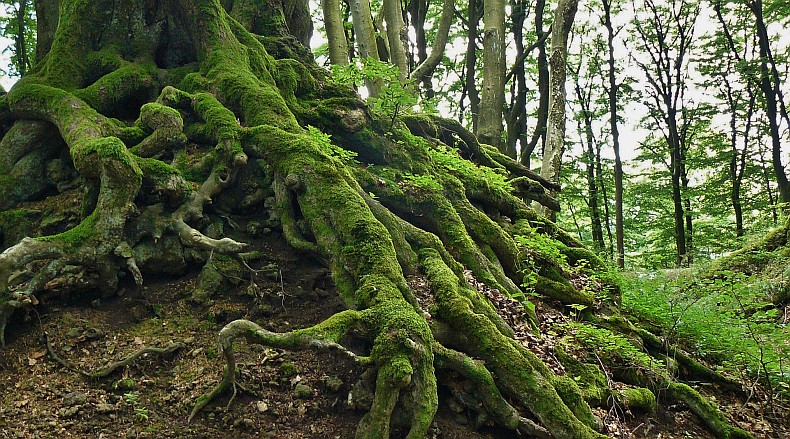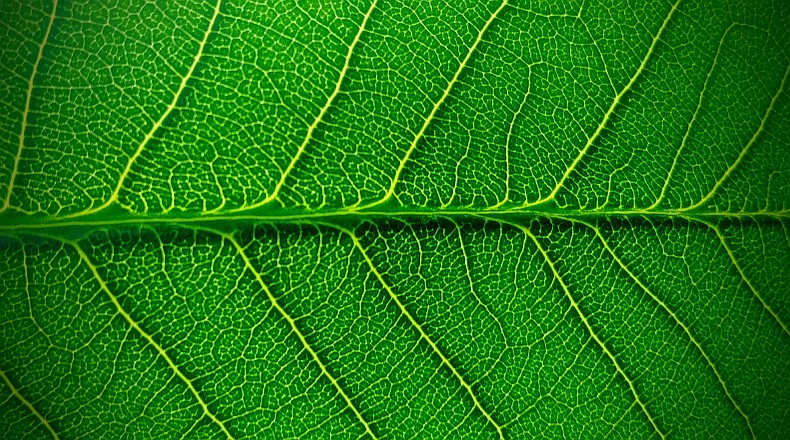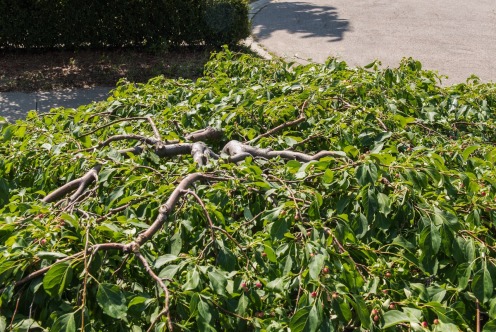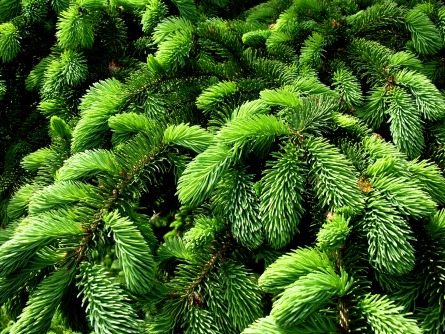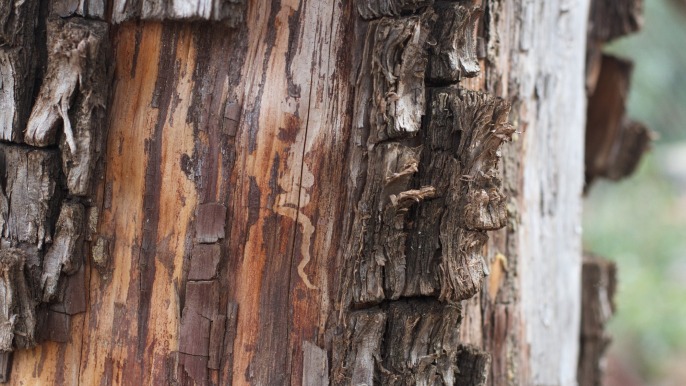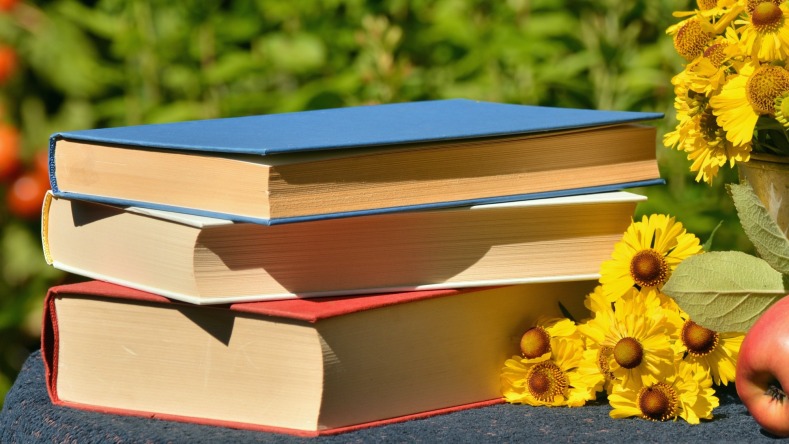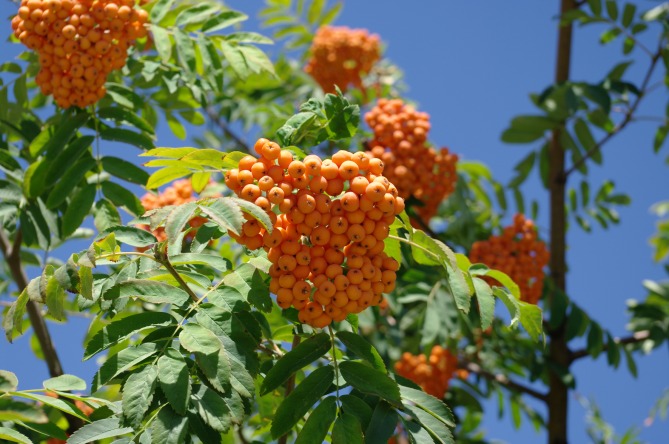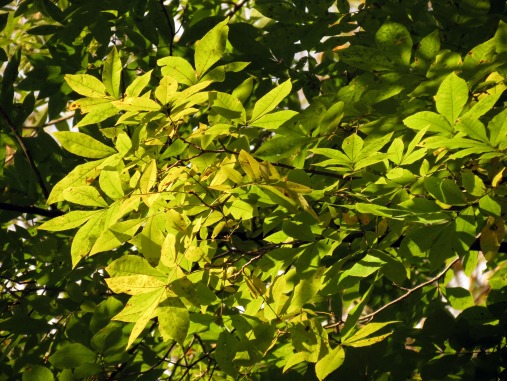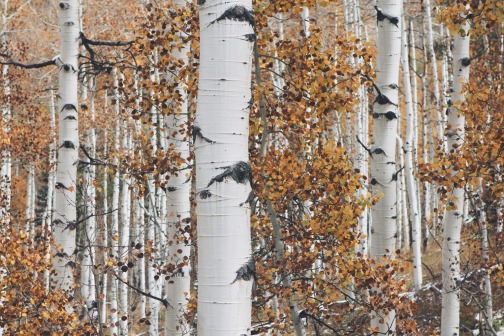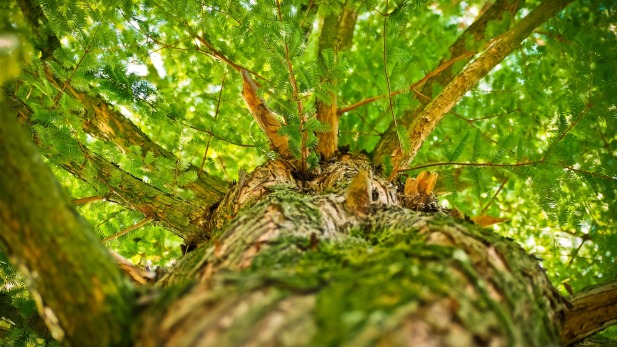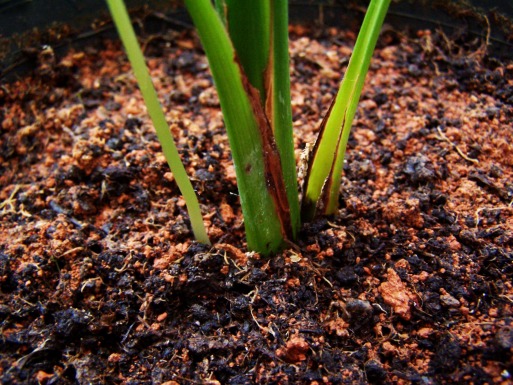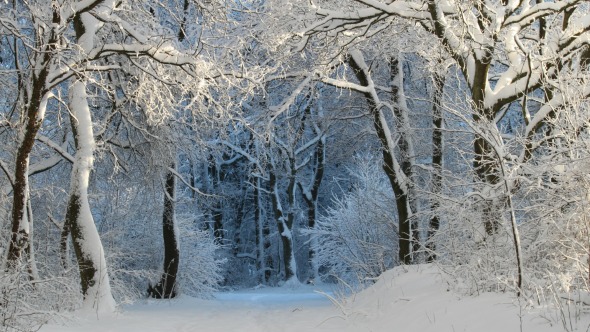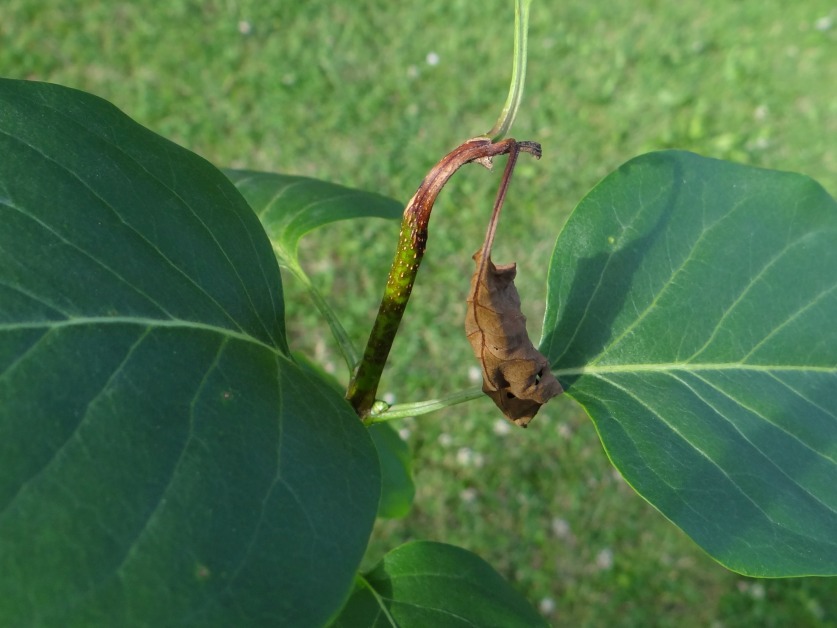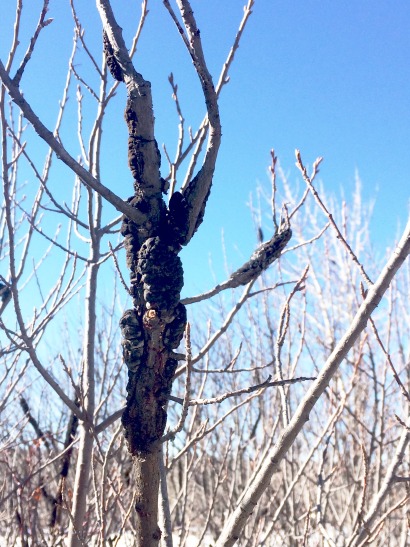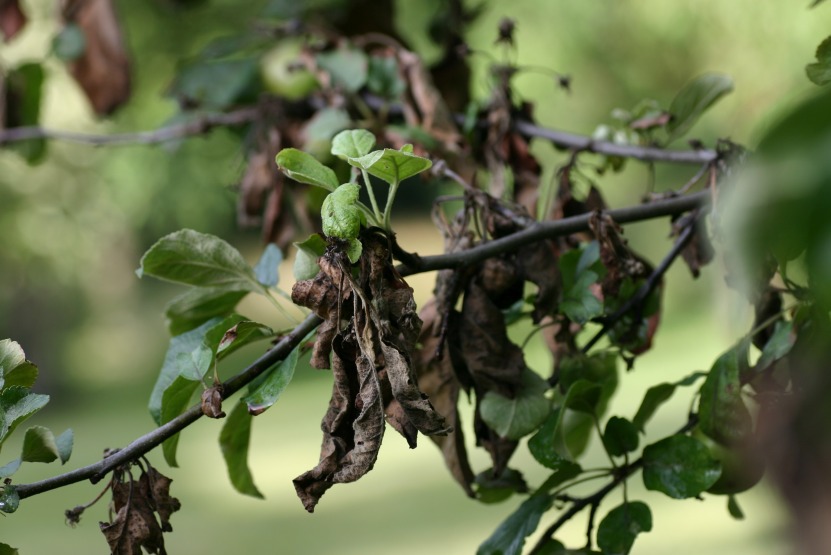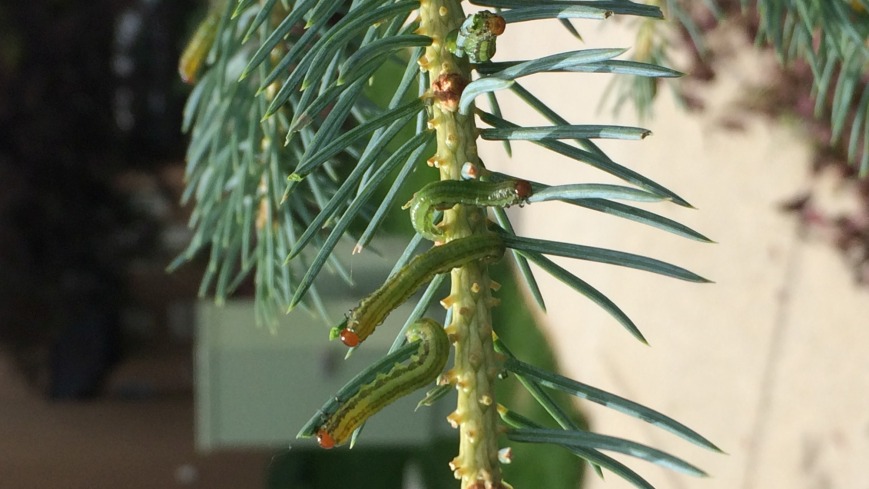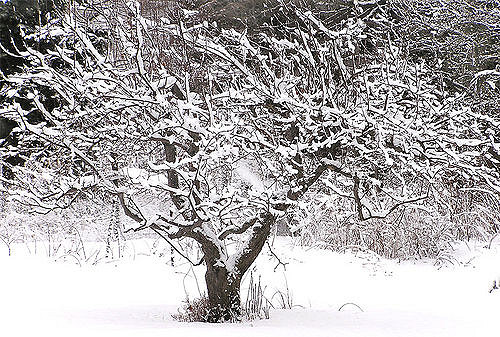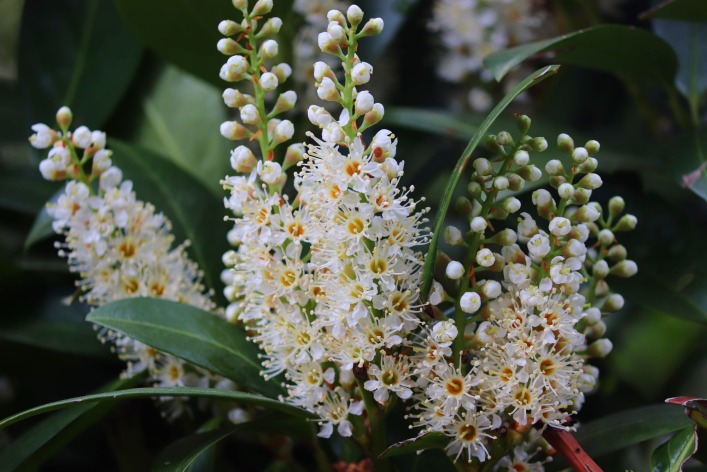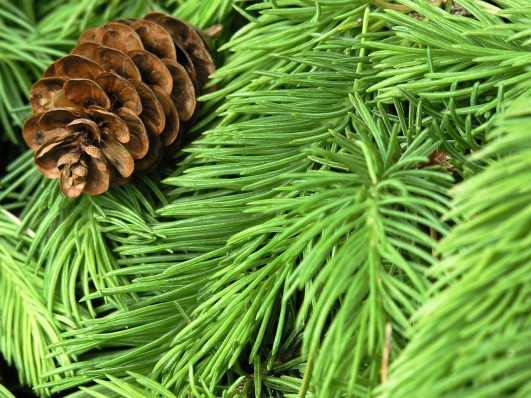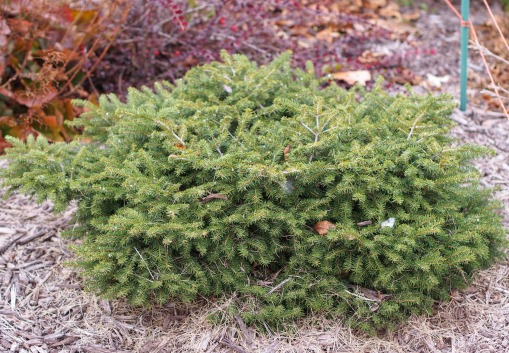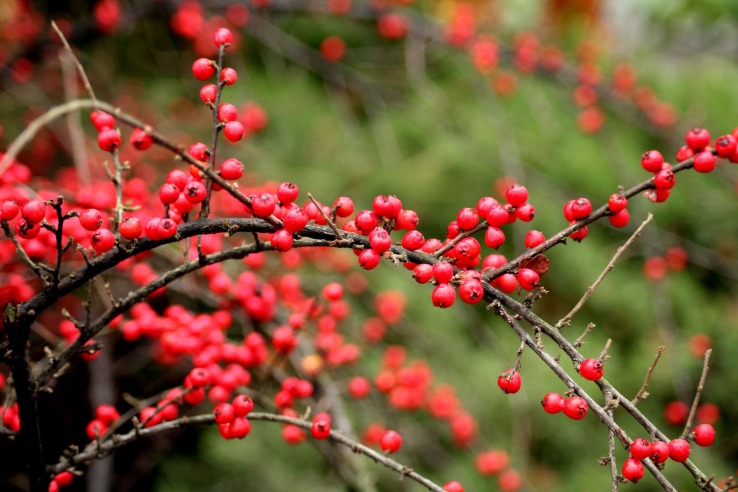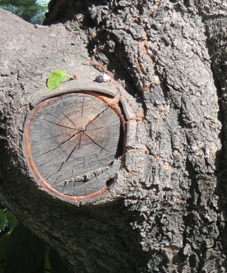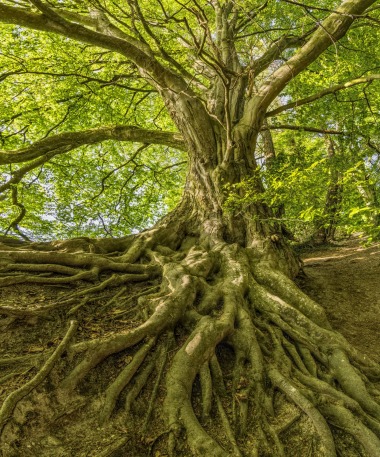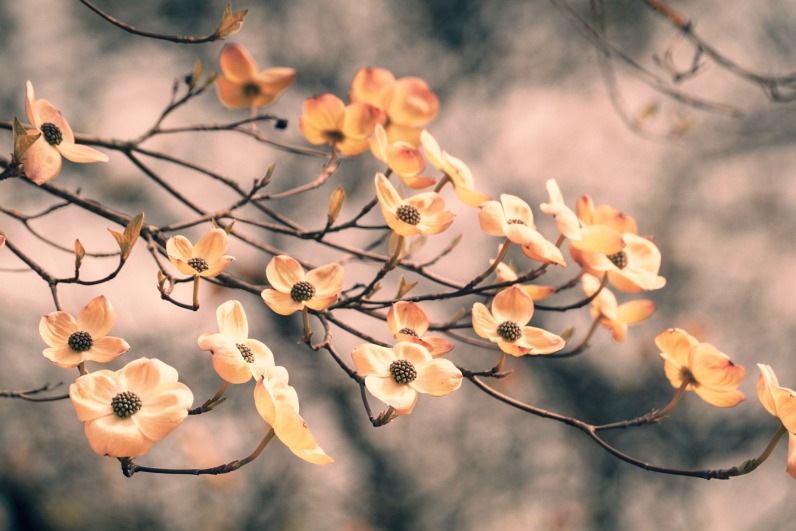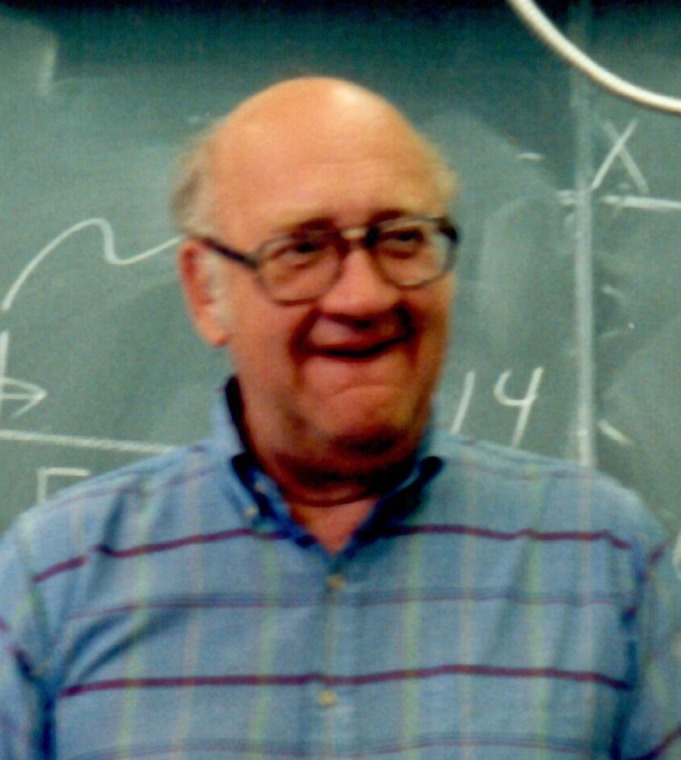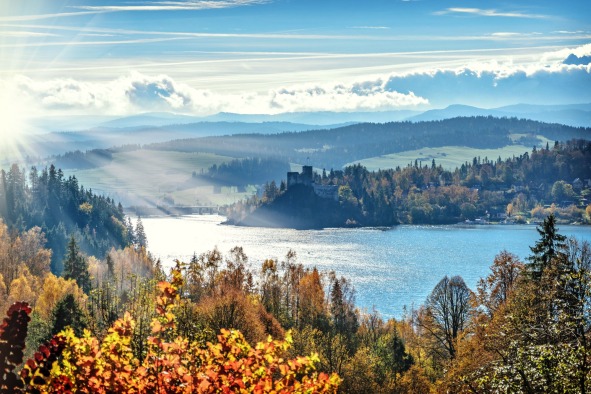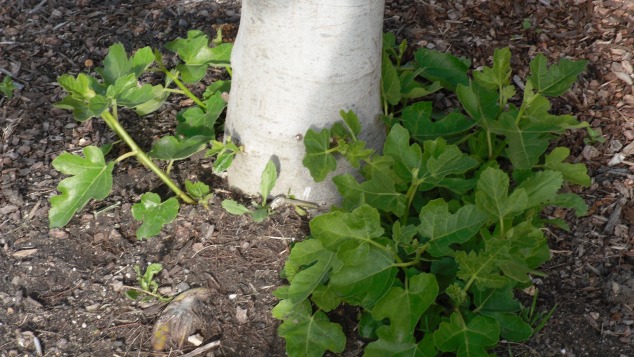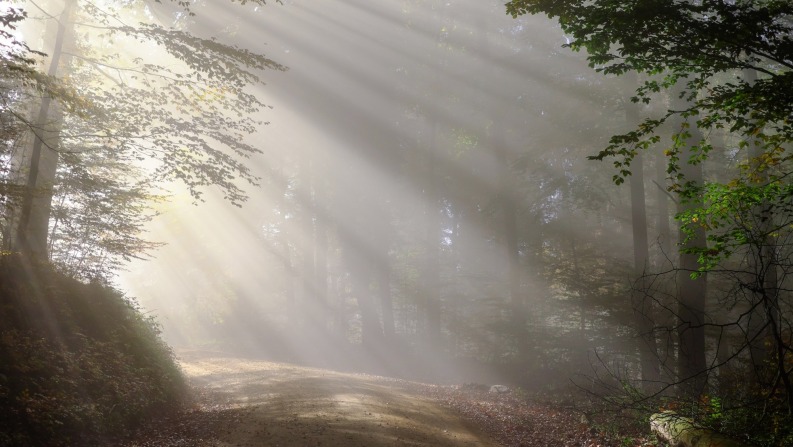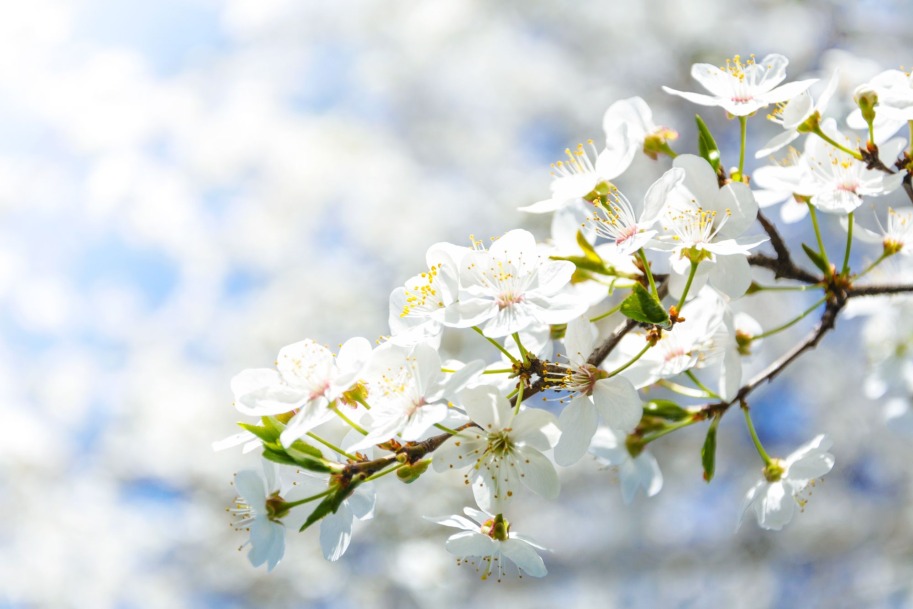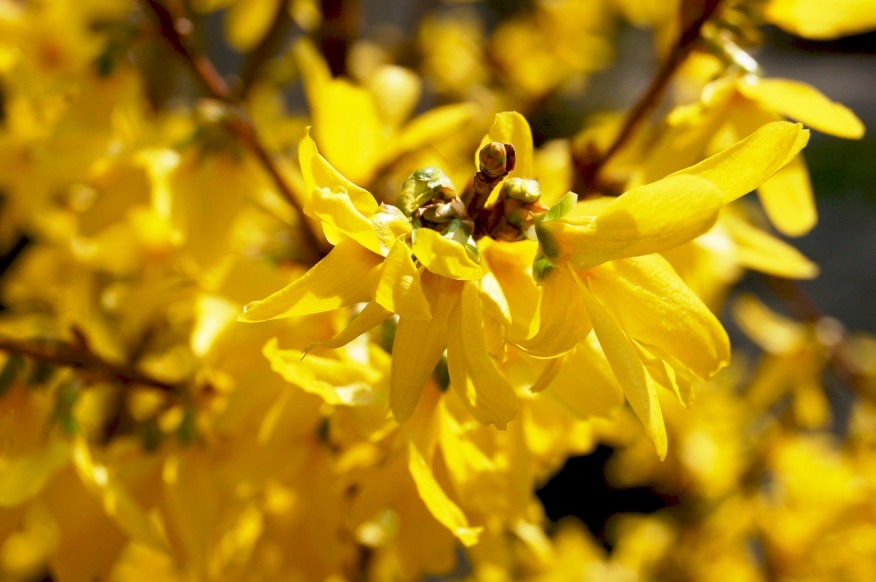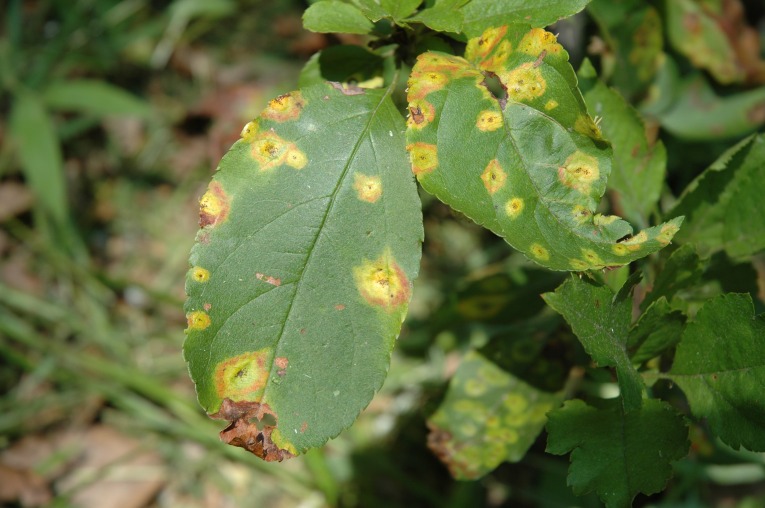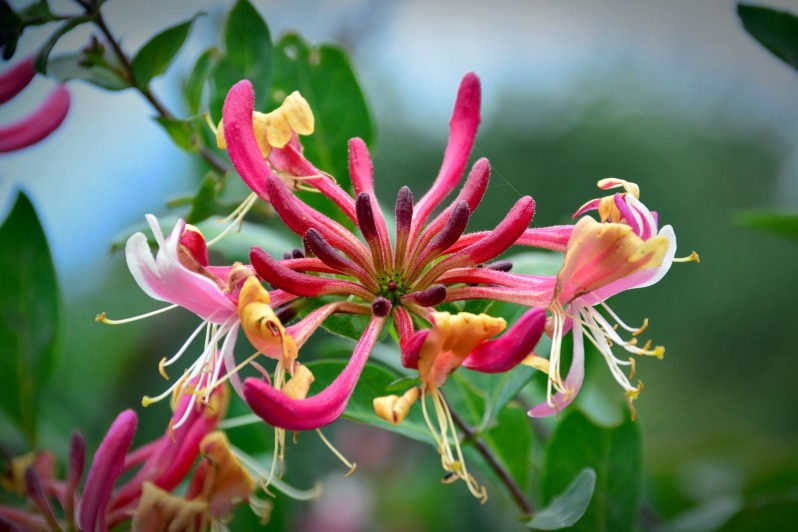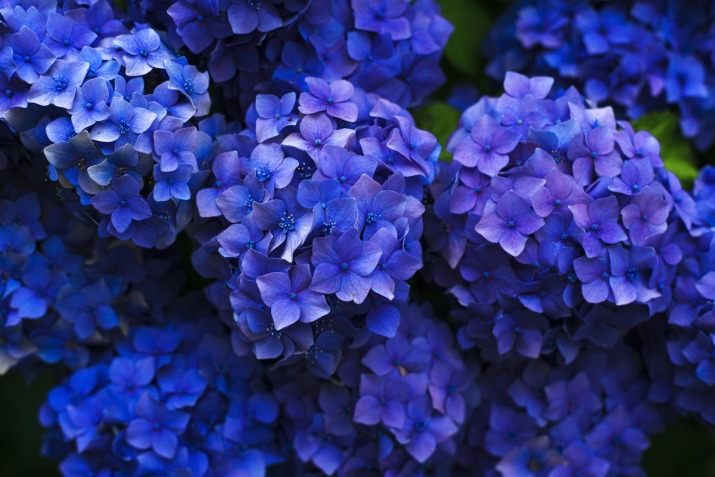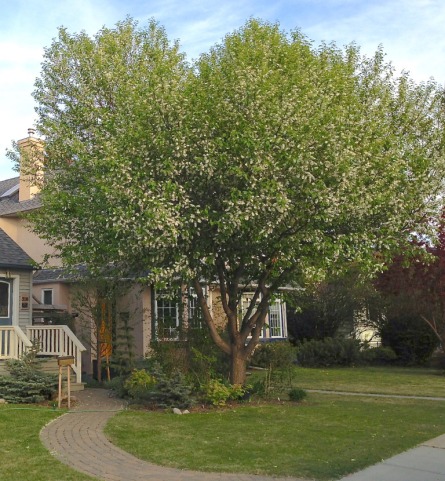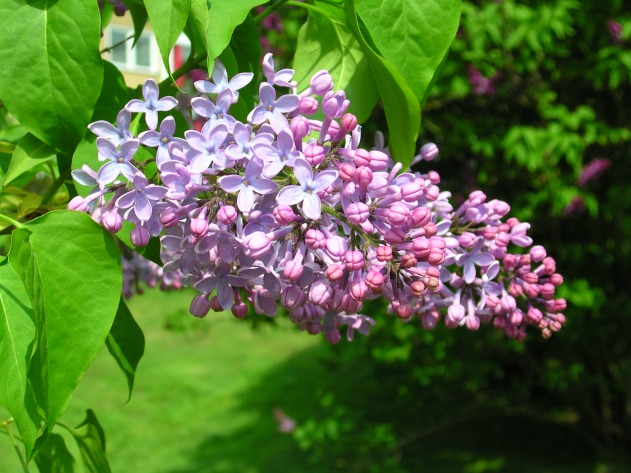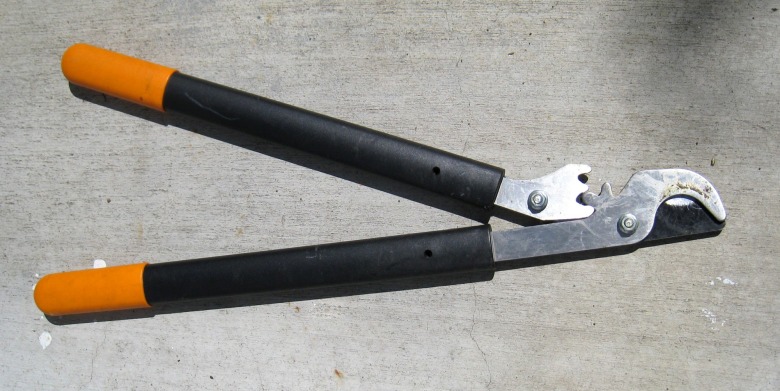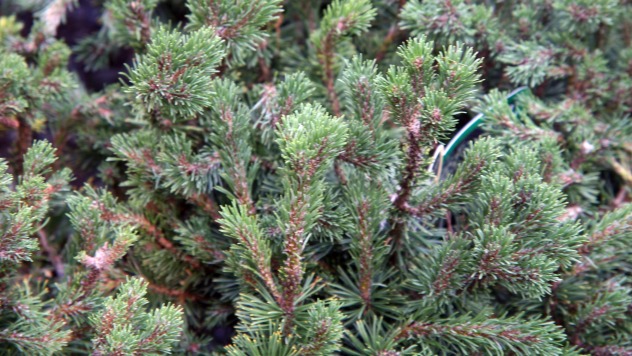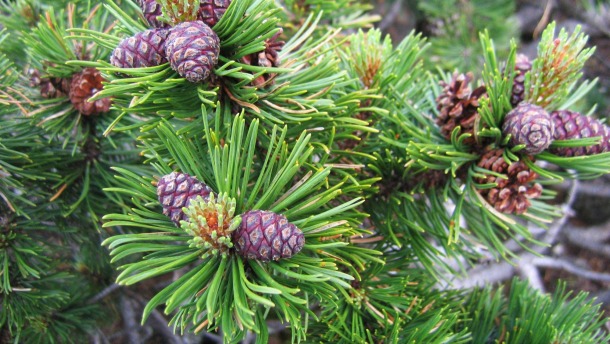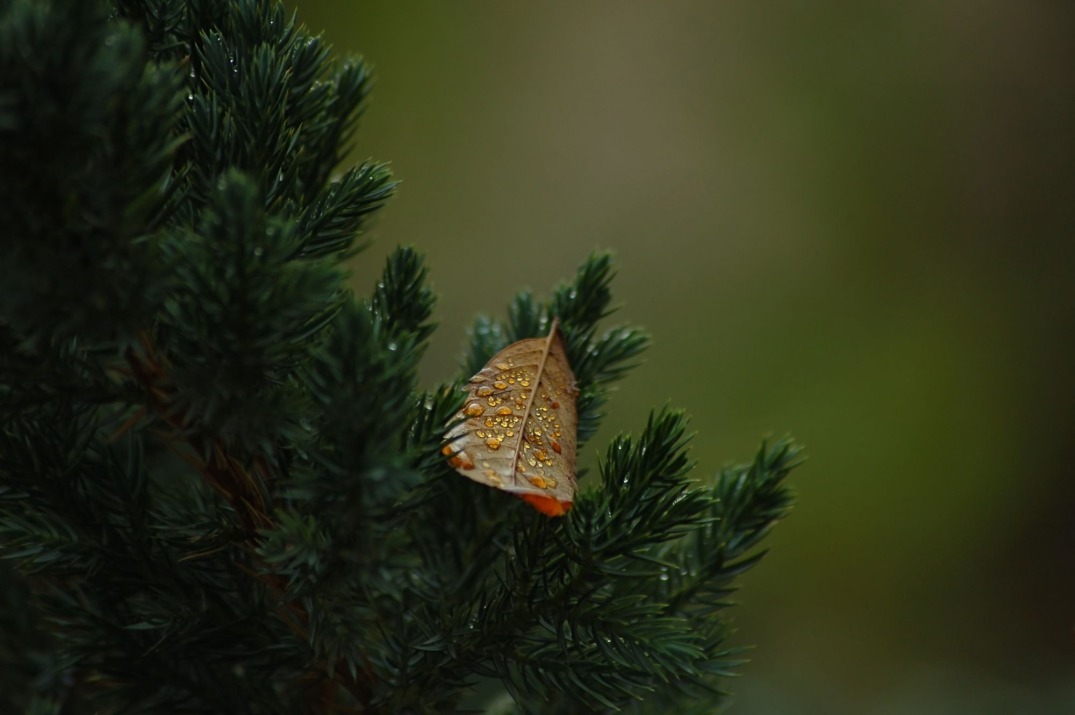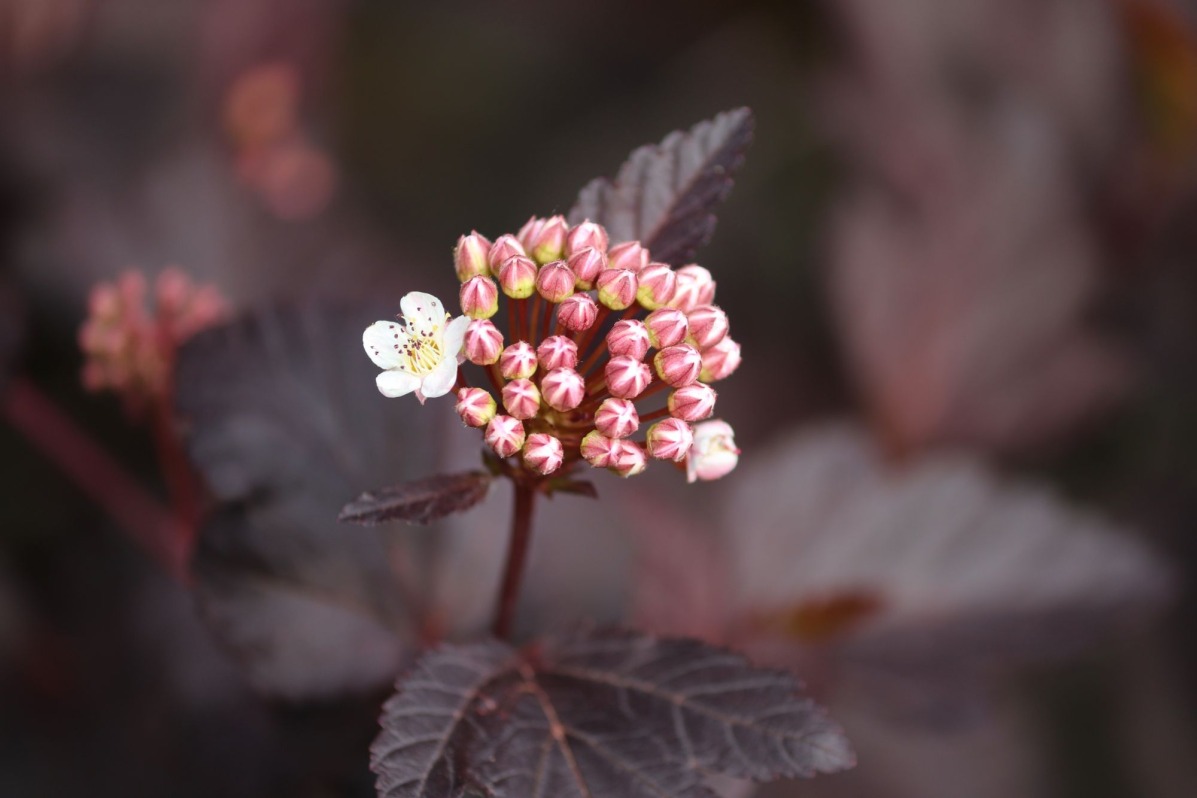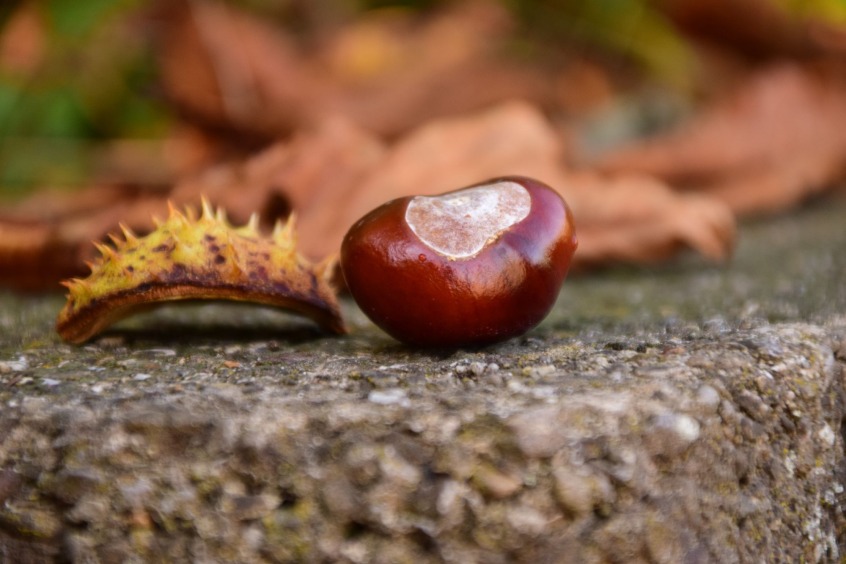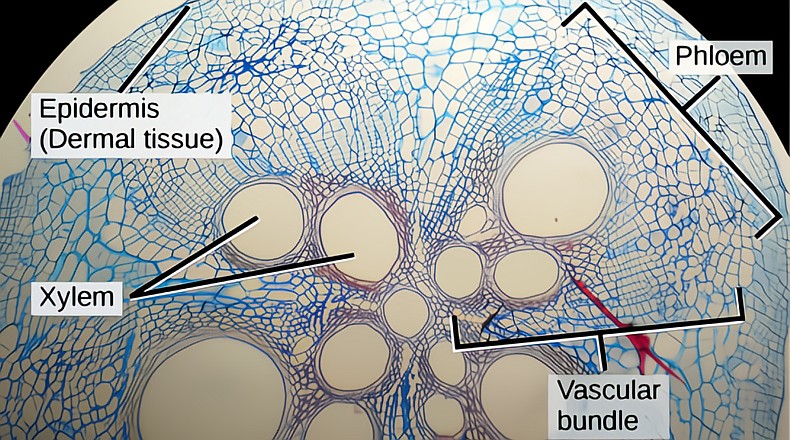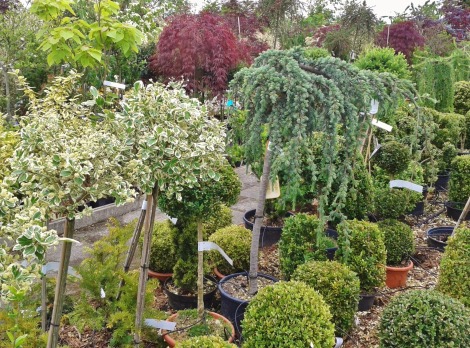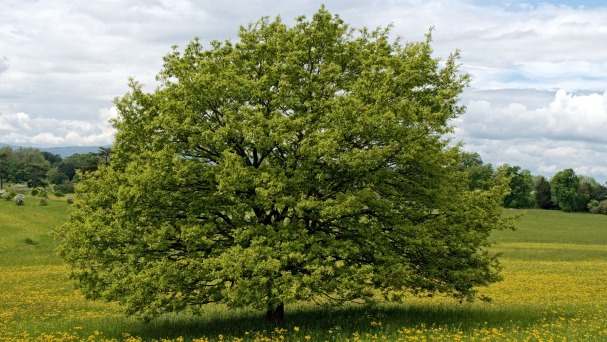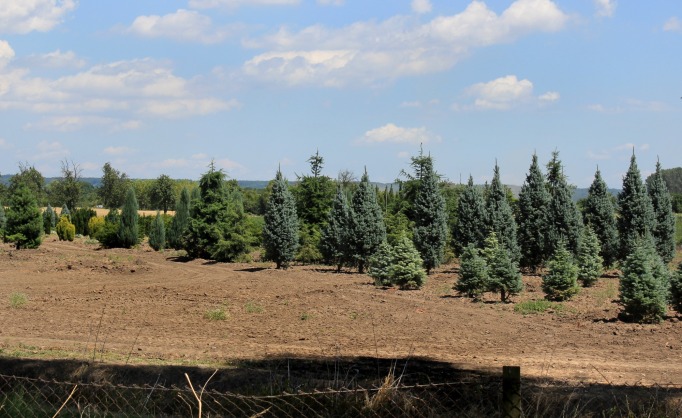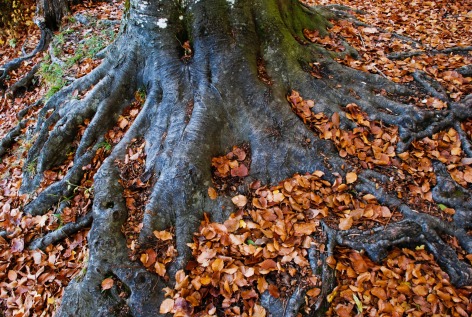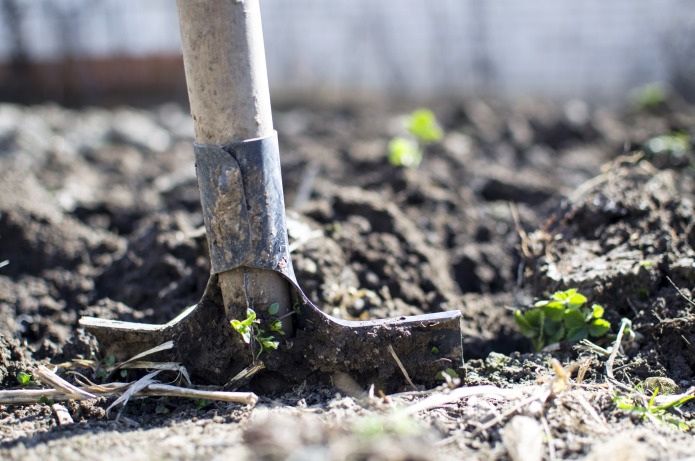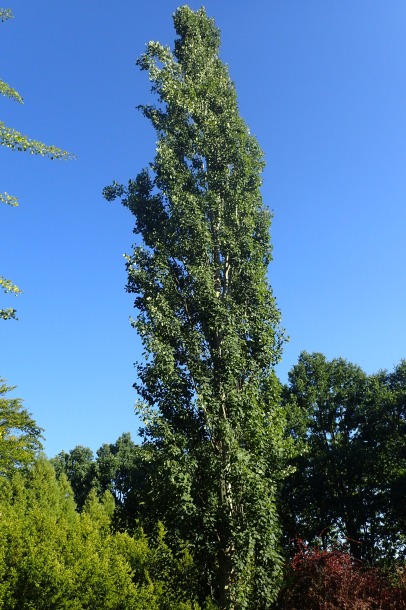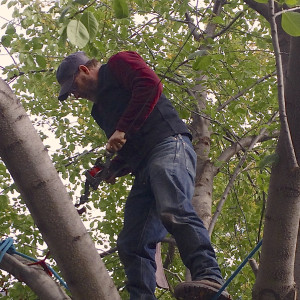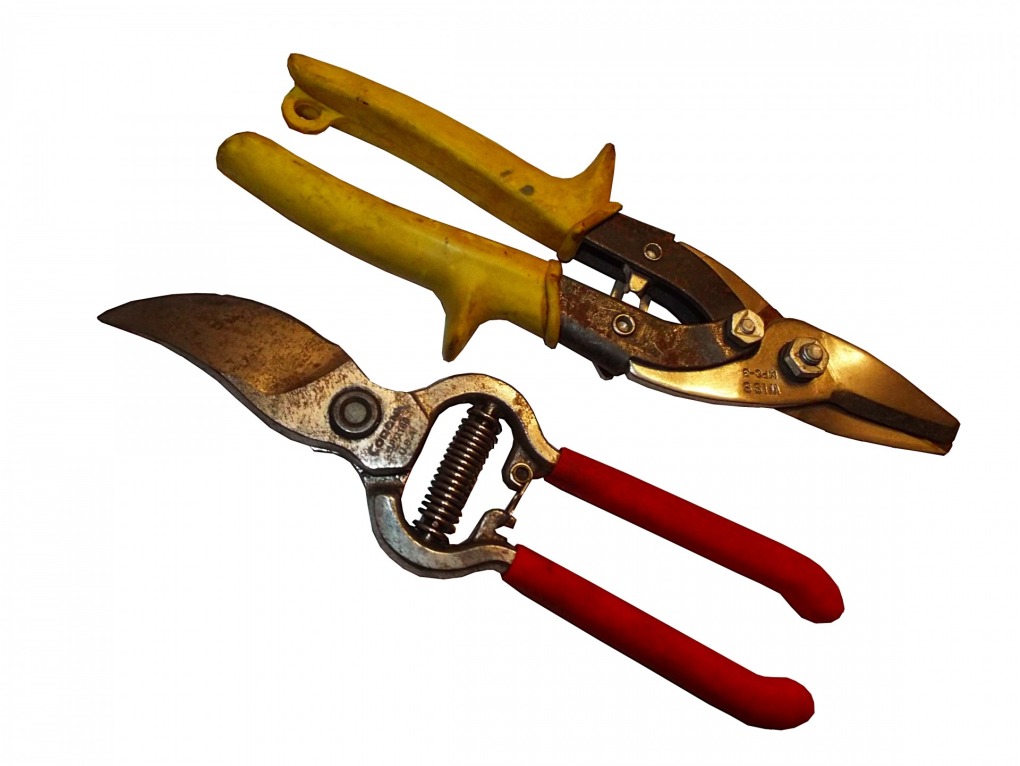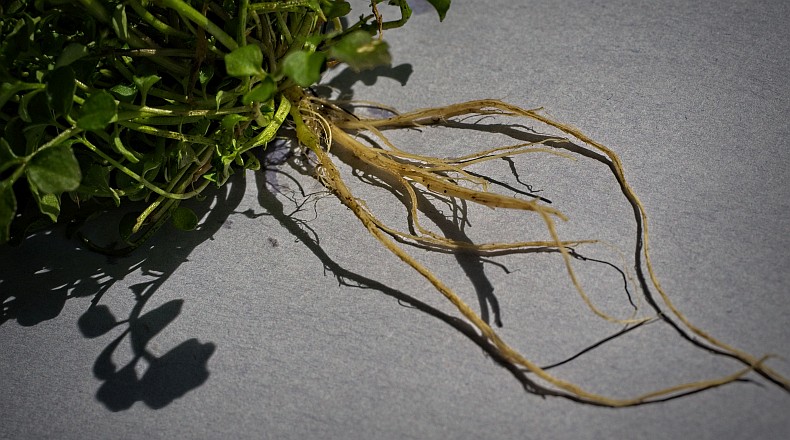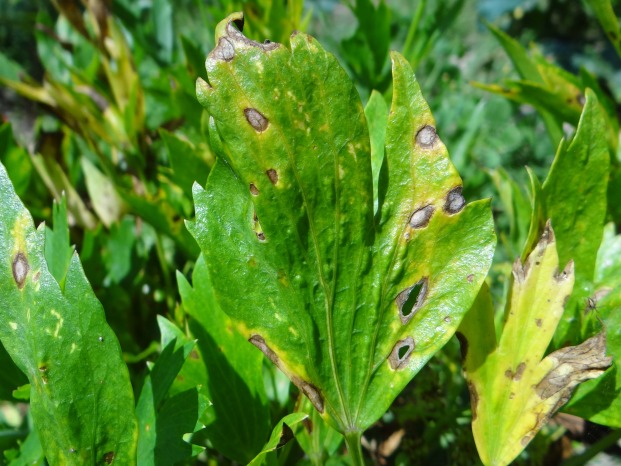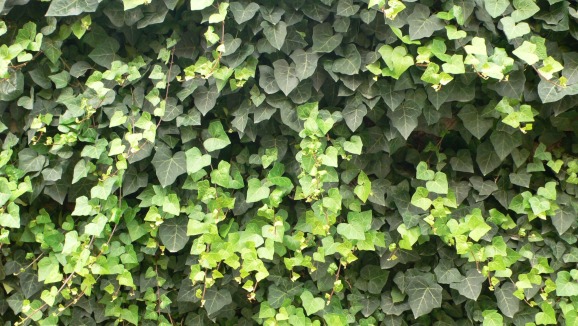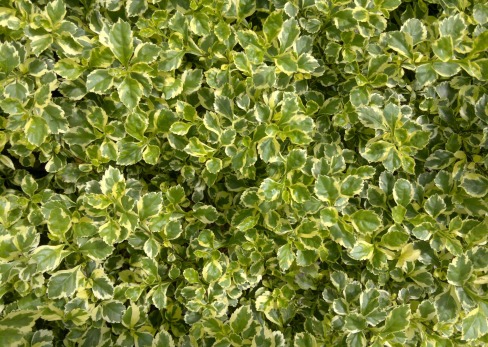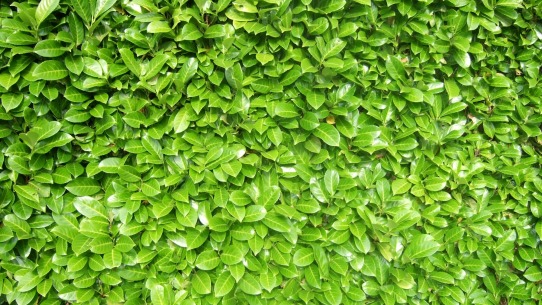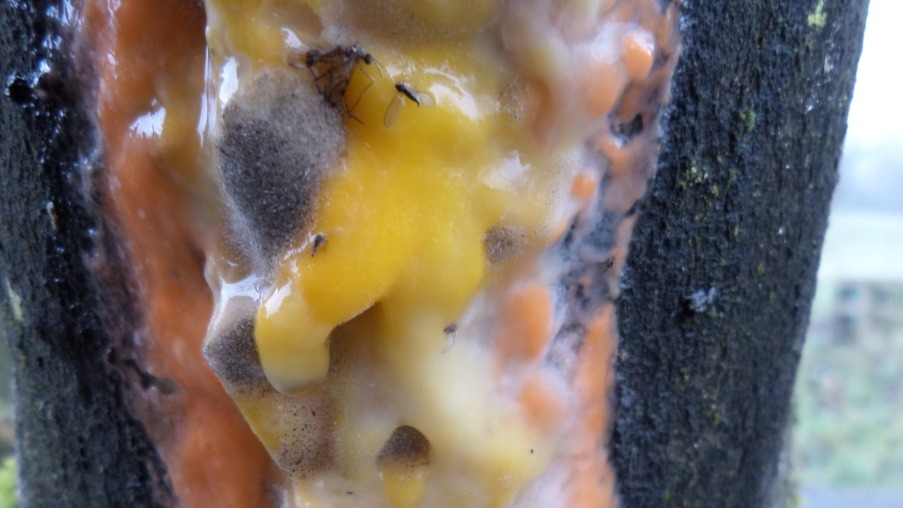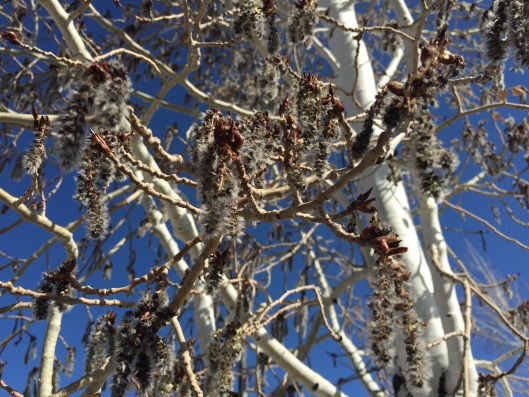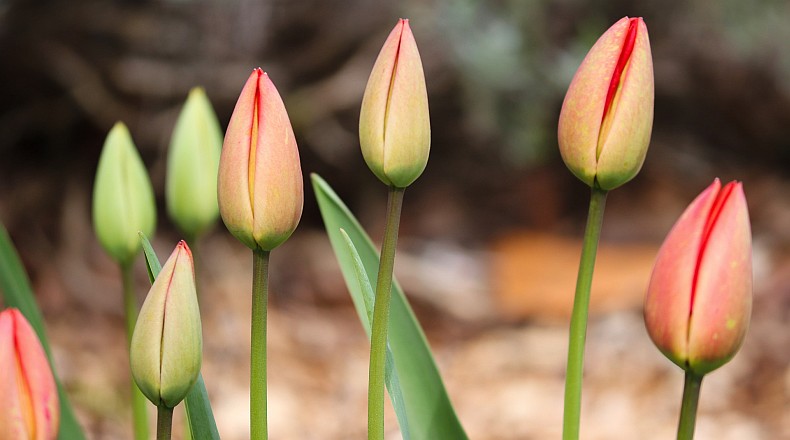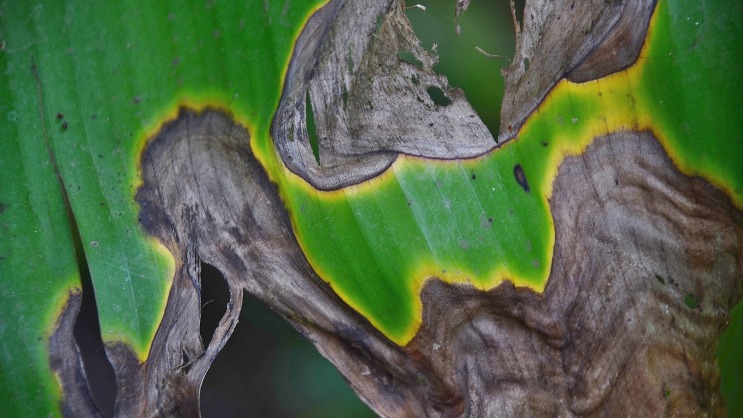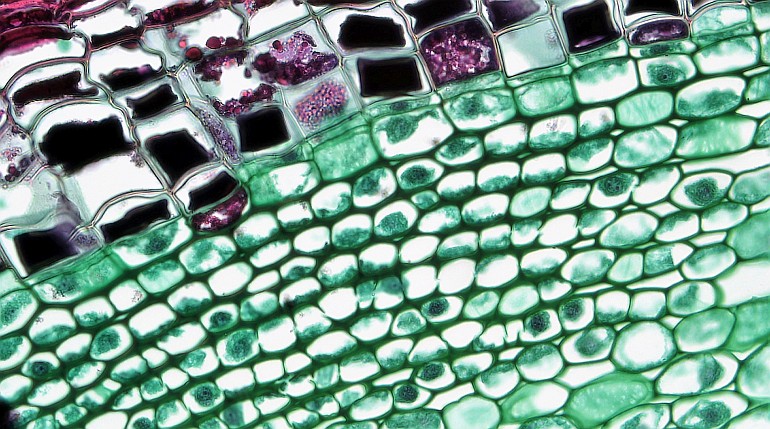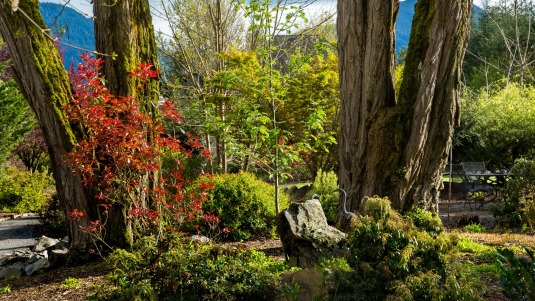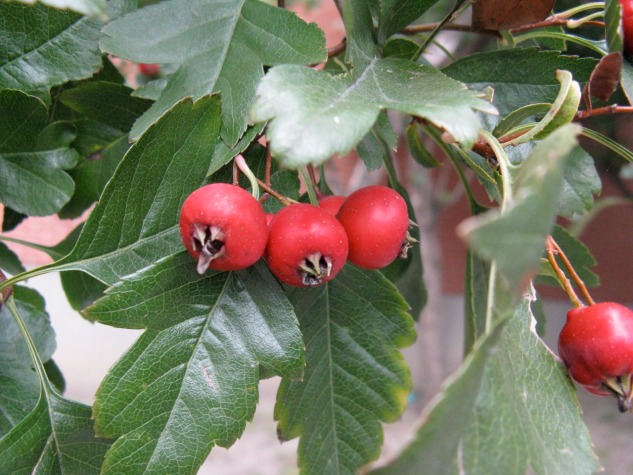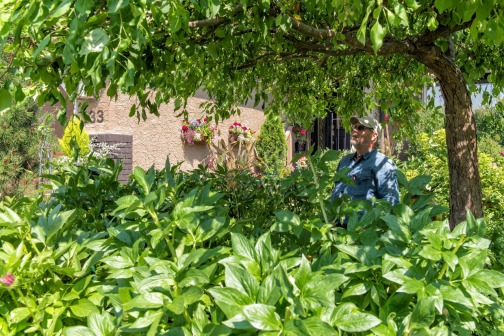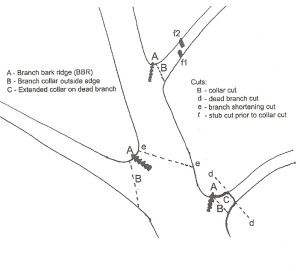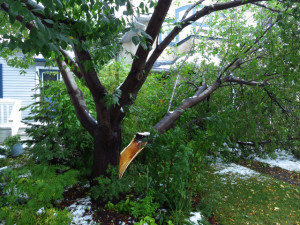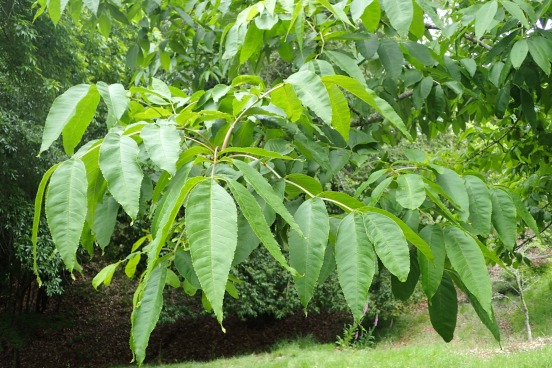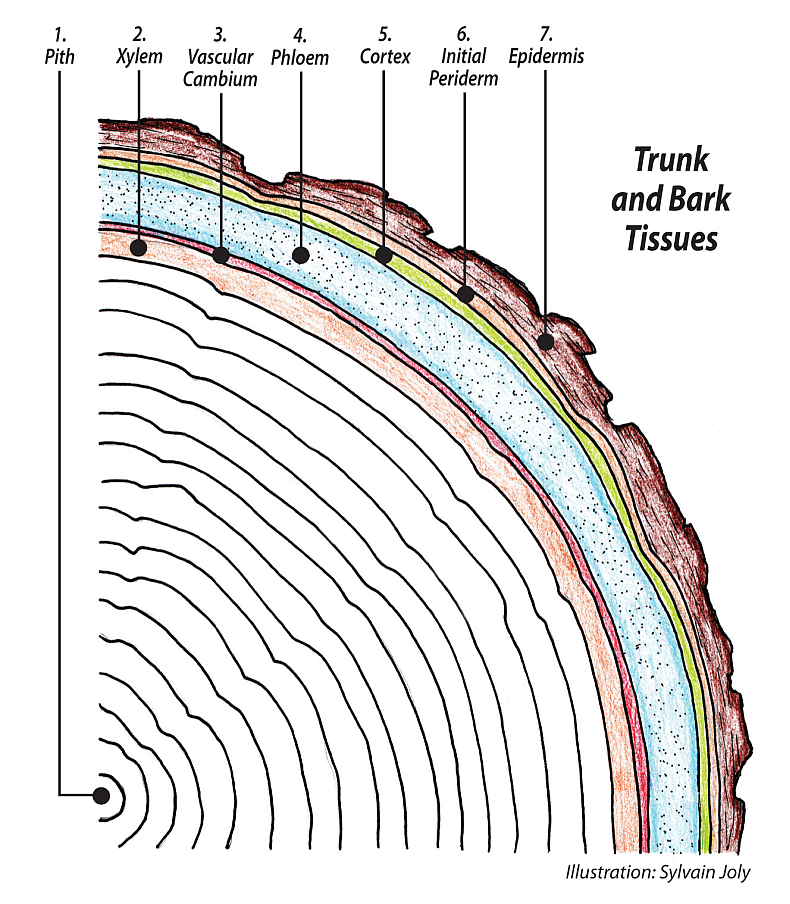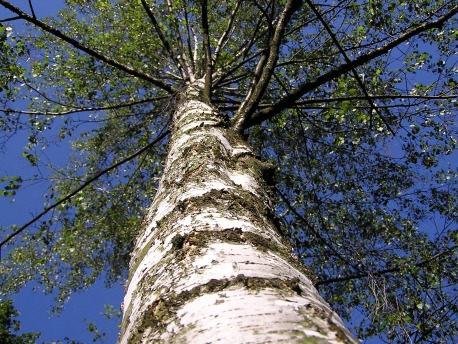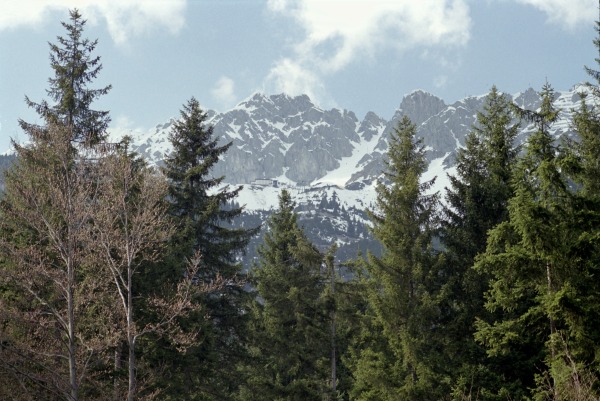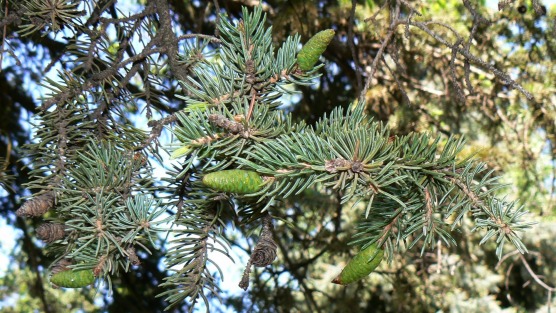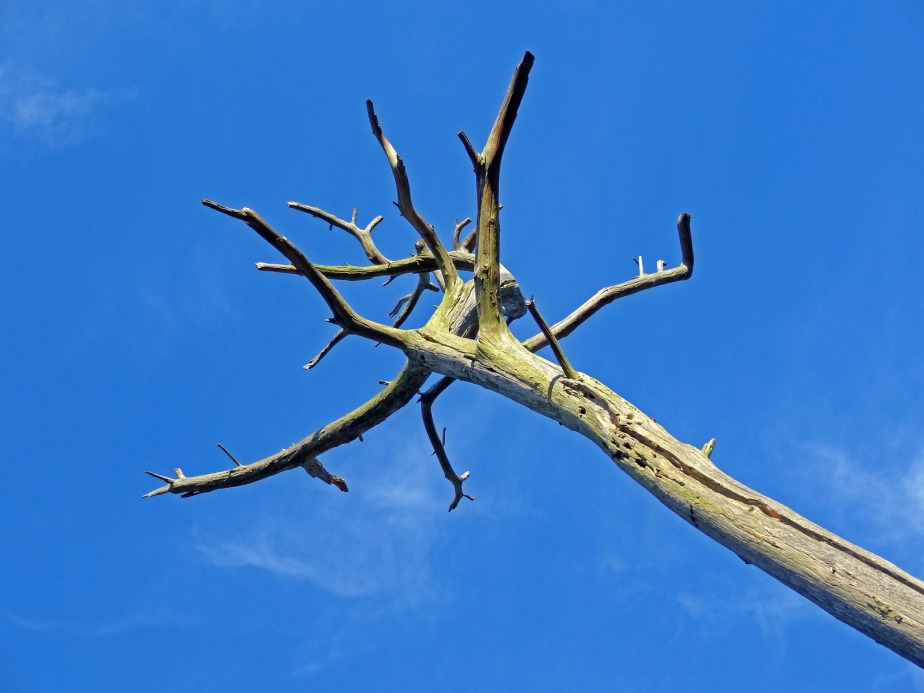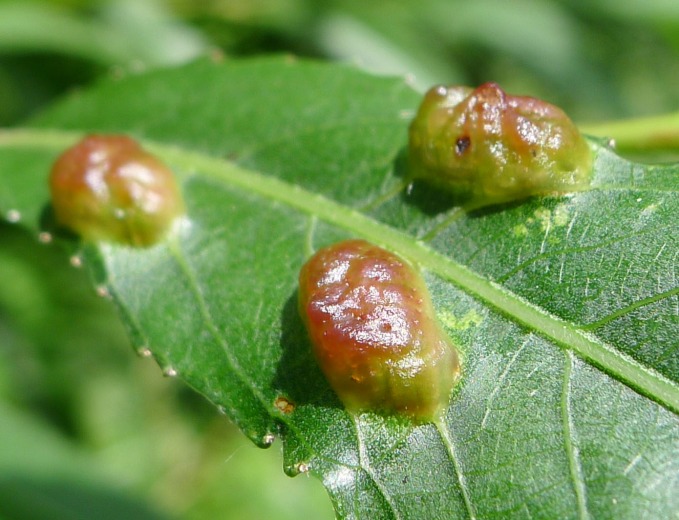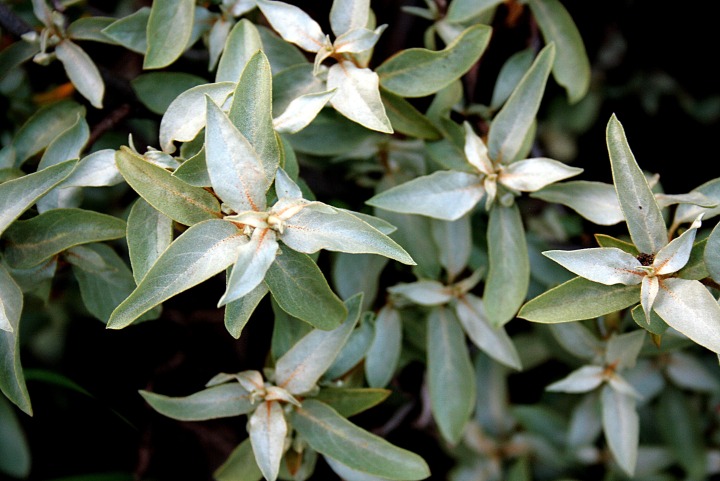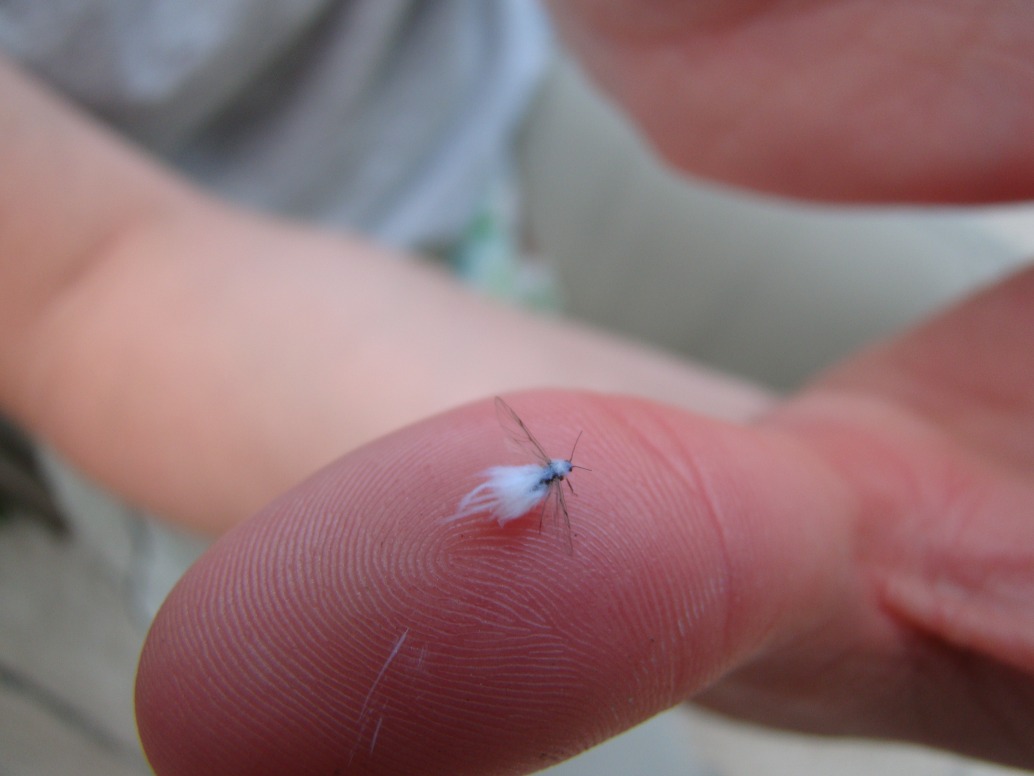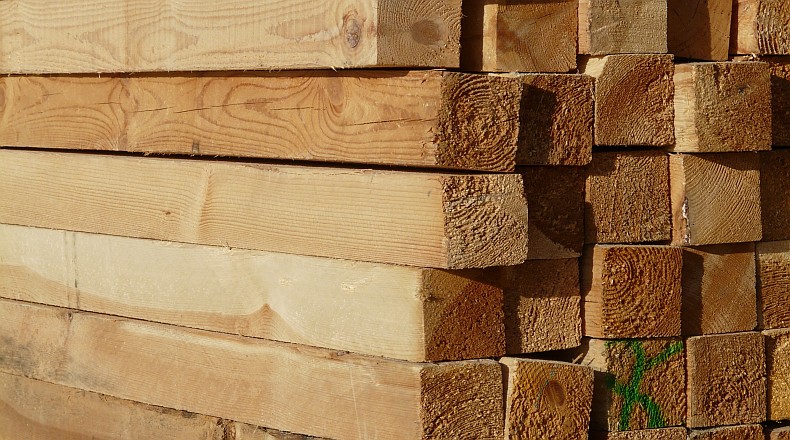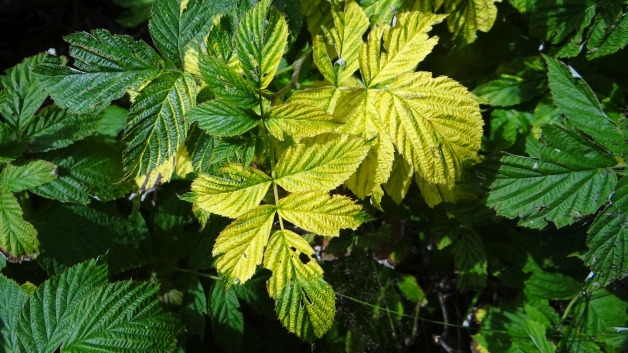In the eastern forests people enjoy nearly ten native maples, some introduced species plus the many gorgeous Japanese maples that come with kinder and gentler hardiness zones. Here in zone 3 we are very happy for the handful we have. Some Oriental maples are used here as accents, mostly as annuals. Perhaps someday a oriental maple will be bred to these harsh winters , we can only hope.
For now we will discuss the Manitoba maple. This stalwart westerner is the only full size maple grown here. Maples are dioecious trees, separate male and female trees, like the poplar family. If you really want this large tree, too large for most suburban lots, buy a male. the female is extremely fecund, producing thousands of double-winged seeds. The male clone Baron is a good choice.
The Amur maple is a long-time welcome guest from Asia, very hardy. Its sharp three-lobed leaves turn a good red in the right year. A little fussy about high pH clay soils, they sometimes exhibit chlorosis. I have never seen an Amur taller than 25 feet and with trunk diameters of about a foot. With a slow-growing, multi-trunked natural bonzai look, it's highly recommended.
The Tatarian maple is another good choice for a smaller tree, similar in growth habit to the Amur. There is a variety called Hot Wings, which describes the crimson red seeds, quite showy. The Tatarian has saw-edged leaves but not as deeply indented as the Amur.
There are two eastern maples that do well here, the Norway maple and the Silver maple. Both of these have much more of a traditional large maple leaf, the Silver is deeply insised with a flashing white on the back of the leaf like a white poplar. Try to find a prairie hardy grown tree in either case.
Maples have very few problems, especially the Manitoba which has passed the strictest survival test, of being used as a prairie shelter belt tree to guard prairie home sites. There is an aphid sometimes called the box elder aphid, Periphyllus negundinis, which on a peak population year can defoliate these maples. I have seen this once in my carrer. To give you a idea of the focus of this aphid, the latin binomial of the Manitoba maple is Acer negundo, the aphids species name is negundinis. The defoliated trees leafed out the following year.
Pruning is best done in the summer, or when the tree is in full leaf and green, not yellow. And not in winter. Maples belong to a group of trees whose wood is called diffuse porous. This means that the active upward transport vessels are laid down evenly throughout the growth ring each year. If diffuse porous trees are wounded during the dormant period, when spring comes they flush out a lot of sap trying to deal with the wound. This is the story of the making of maple syrup. Once the tree leafs out the sap flow from the wound quits. If pruned during the growing season, when the tree is full of green leaves, the tree will not lose any sap from the wound, or pruning sites.
Tree Care Articles
Maples
- Details
- Written by Kevin R. Lee Kevin R. Lee
- Published: 03 November 2019 03 November 2019
Articles Index
- A Mind Set for Healthy Trees
- A New Tree Care Philosophy
- A Practical Working Model of Your Tree, Part One: Mostly Roots
- A Practical Working Model of Your Tree, Part Three: Leaves
- A Practical Working Model of Your Tree, Part Two: Trunk and Stem
- A weeping apple, some deer, and an arborist
- A Year in the Life of Your Tree - 1
- A Year In the Life of Your Tree - 2
- A Year In the Life of Your Tree - 3
- A Year In the Life of Your Tree - 4
- A Year In the Life of Your Tree - 5
- A Year In the Life of Your Tree - 6
- A Year In the Life of Your Tree - 7
- A Year in the Life of Your Tree - 8
- An arborist thinks on compartmentalization
- An Arborist's Education
- Ash Leaf-Cone Roller
- Ash Trees
- Aspens
- Birch
- Botany 1: The whole tree
- Botany 2: What do trees eat?
- Bud Scars
- Burning Bush
- Calgary Soils
- Calgary weather, snow pack, and the drought
- Calgary, from a tree's perspective
- Calgary's Most Dangerous, Dutch Elm Disease
- Calgary's most dangerous: Pseudomonas syringae
- Calgary’s most dangerous: Black knot
- Calgary’s Most Dangerous: Fire blight
- Calgary’s Most Dangerous: The Yellow-Headed Sawfly
- Caragana
- Caring For Your Trees This Winter
- Cell Walls
- Cherry Shrubs
- Cherry Trees
- Conifer Introduction
- Conifer Shrubs
- Conifers
- Cotoneaster
- Cranberries
- Currants
- Debunking Old Tree Myths
- Demystifying Tree Pruning
- Diagnosing Tree Problems
- Diplodia Gall of Poplar
- Dogwoods
- Dr. Alex Shigo
- Eating Apples and Other Hardy Prairie Fruit
- Elders
- Elms
- Epidermis
- Fall Needle Drop of Conifers
- Fertilizer
- Fertilizer 1
- Fertilizer 2: Trees
- First post Feb 23 2018
- Flowering Crabs
- Forsythia
- Fungal afflictions
- Growing Trees in Calgary
- Growing trees in Calgary, hands-on
- Haiku for spring
- Hardiness Zones
- Hawthorns
- Honeysuckles
- How to Have a Successful Tree
- Hydrangea
- In Defence, the Bronze Birch Borer (BBB)
- Introduction to Botany Talks
- Kate's Mayday
- Lack of connection
- Leaves
- Lilacs: French
- Lilacs: Pruning
- Linden
- List of Best Calgary Tree Choices - Evergreens
- Maintaining your pruning tools
- Maples
- Meristems: SAM and RAM
- Mid-Season Gratitude Post
- Mock Orange
- Mountain Ash
- Mugo Pines 1
- Mugo Pines 2
- Mugo Pines 3: Pruning
- My readers, my reasons
- Native Shrubs
- Needle Casts of Spruce
- Ninebark
- Oaks
- Ohio Buckeye
- Old Hacked Apple Trees -- Pruning a Tangle
- Organic Tree Work, Empowering Trees and People.
- Oyster Shell Scale
- Phloem
- Phomopsis Canker of Russian Olive
- Planting 1: Species selection
- Planting 2: Site selection
- Planting 3: Buying your tree
- Planting 4: Root crown identification
- Planting 5, Digging the hole, planting the tree
- Planting 6: Staking
- Planting 7: Watering
- Planting a Tree - Selection
- Planting a Tree - Setting, Staking and Watering
- Polemic and straight talk: the Swedish Columnar Aspen
- Poplars
- Proper Tree Pruning
- Pruning - More Reasons Why
- Pruning in Calgary with Nature in Mind
- Pruning Theory - Tools
- Pruning Theory - Why?
- Pruning tools you need
- Quotes
- Random thoughts from a Calgary Arborist and Tree Surgeon
- Reference books for Arboriculture
- Roots
- Russian Olive
- Septoria Canker on Poplar
- Shrub Introduction
- Shrub Pruning 1 - Theory
- Shrub Pruning 2 - Size Control
- Shrub Pruning 3 - Final
- Shrub Pruning for Size Control
- Shrub Pruning for Size Control 2
- Shrub Pruning Theory
- Slime Flux
- Soils - 1
- Soils - 2
- Spring?
- Stems
- Symptoms of a dry tree
- Symptoms of a sick tree
- The Mountain Ash
- The Three Cell Types
- Thinking of becoming an arborist?
- Toba Hawthorn: Pruning a tangle
- Tree Poem
- Tree Pruning Theory
- Tree Repair
- Tree Repair - 1
- Tree Repair - 2
- Tree Repair - 3
- Tree Repair - 4
- Trees and Their Interactions with Other Organisms
- Two Failures, Griffin Poplar, Manchurian Ash
- Vascular Cambium
- Walnuts
- Watering
- Watering a Birch
- Watering Calgary Trees
- Western Gall Rust of Pines
- What is Tree Whispering?
- When Should a Tree Be Removed?
- White Fly
- White Spruce
- Why is My Tree Dying?
- Willow Redgall sawfly
- Willows
- Wolf Willow
- Woolly Elm Aphid
- Xylem
- Yellow leaves: Chlorosis




